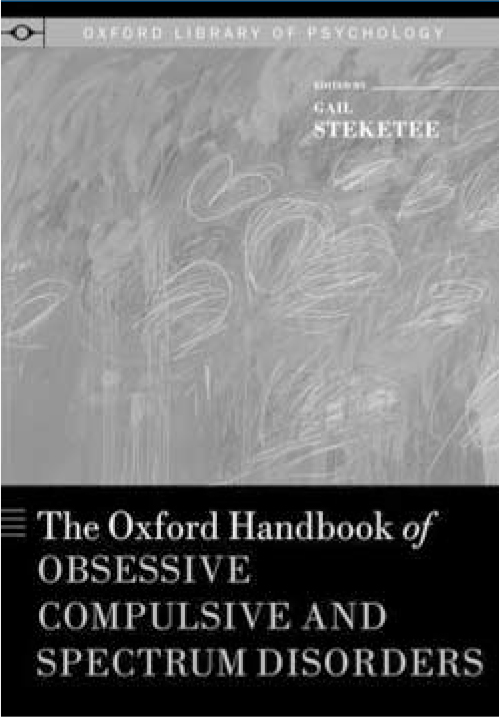
The past three decades of research into obsessive–compulsive disorder (OCD), an illness that was once considered to be rare, has generated a wealth of data to make a persuasive case for an umbrella term for all disorders which are characterised by repetitive thoughts and behaviours. Names like obsessive–compulsive disorders and impulse control disorders (ICDs) have been put forward, before, in 2006, experts gathered at the Diagnosis-Related Research Planning Conference held at the American Psychiatric Association headquarters proposed obsessive–compulsive spectrum disorders (OCSD) as the preferred term. The following year, leading researchers met in Cape Town and adopted OCSD as a formal term by expert consensus. This meeting is commonly referred to as Cape Town Consensus. The tempting potential to find neural, biochemical and phenotypical commonalities between these disorders made OCSD an attractive proposition for researchers burdened by their ‘apparent random distribution’ in our main classification systems (DSM and ICD). Despite this attraction for the researchers, it still appears too early for the average clinician or service manager to adopt OCSD as a clinically relevant term. It still lacks a well-defined endophenotype and standard inclusion criteria to provide unambiguous operational definitions for service delivery. The vast majority of current mental health services are not designed with OCSD in mind and even the UK National Institute for Health and Clinical Excellence sidesteps this issue in their clinical guidance. One of the reasons for this might be that the debate between using a diagnostic or operational classification in mental health service provision is far from settled.
I was, therefore, pleasantly surprised to see the Oxford Library of Psychology (OLP) come up with this comprehensive handbook. Given the ongoing debate about the nature of OCSD, the timing could not have been better for this title. It is a product of collaboration between 68 well-known authors and has been deftly edited by Gail Steketee. The challenges in putting together such a text are obvious. To begin with, there is no existing consensus to define conditions which qualify to be included under OCSD and some of the conditions that can qualify have already been covered elsewhere in the OLP series. In such a context the role of the editor becomes central to the book. Gail Steketee appears to have managed that with finesse and produced a brilliant volume which has the potential to be on the bookshelf of anyone needing a definitive reference on OCSD.
This book has been successful in maintaining freshness without compromising on the comprehensiveness of the text. It is well researched and equally well referenced. After a couple of chapters, the consistency in the format grows on the reader, providing the much-needed comfort to absorb the detailed descriptions of these illnesses. Latest research has been carefully synthesised with relevant history of existing concepts, without shying away from the controversies and acknowledging hitherto unanswered questions. There are a few prominent omissions, most notable being that of hypochondriasis (health anxiety), but that has been openly acknowledged and the rationale justified (covered elsewhere in the OLP series).
The material is logically organised under six main headings. The initial section describes the phenomenology and epidemiology of the main illnesses (OCD, body dysmorphic disorder, compulsive hoarding, tic disorders and trichotillomania). Written by leading academics in the field, the chapters provide an authoritative account of the state of our current understanding. The next section is carefully designed to give space to genetic, neuro-anatomical, information-processing, social and family, personality, and psychological approaches that have been used to understand these illnesses. The early chapters skilfully build the knowledge base before introducing the later three sections which deal with assessment and treatment of these disorders. An entire section has been dedicated to the treatment of OCD, which will be much appreciated by clinicians working in this field. Mainstream psychological and pharmacological treatment approaches for body dysmorphic disorder, compulsive hoarding, tic disorders and trichotillomania have been covered in adequate detail and are well referenced. However, the book does not go into much detail about the emerging experimental evidence which could potentially lead to development of new treatments in future. This difference in emphasis is completely understandable as the book is being positioned as a handbook for clinicians.
Overall, this appears to be an indispensable text for the student and the clinician alike. The only reservation one might have is that it is described as a handbook but may as well be called a reference book on OCSD. It has clearly benefited our understanding of a field that appears set for some major revisions in the next few years.





eLetters
No eLetters have been published for this article.